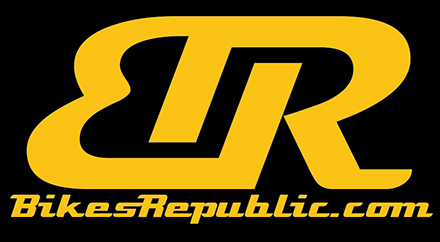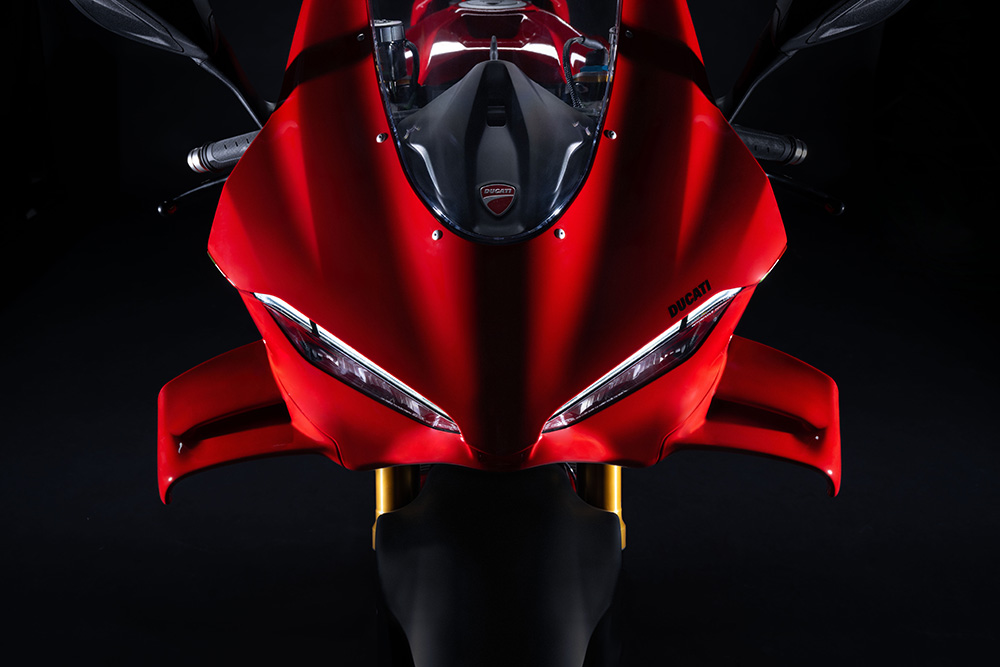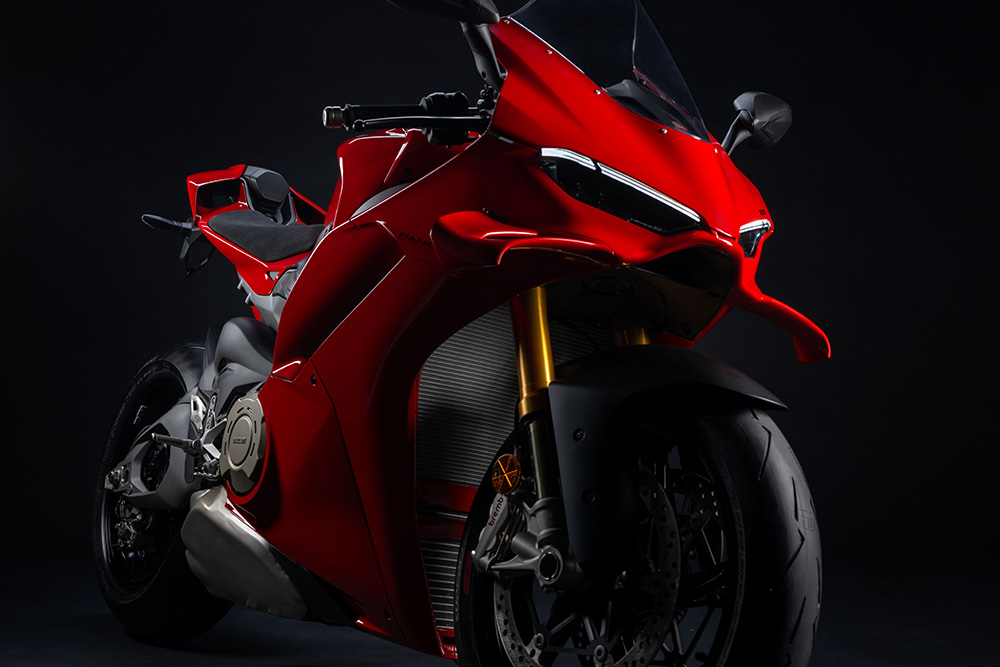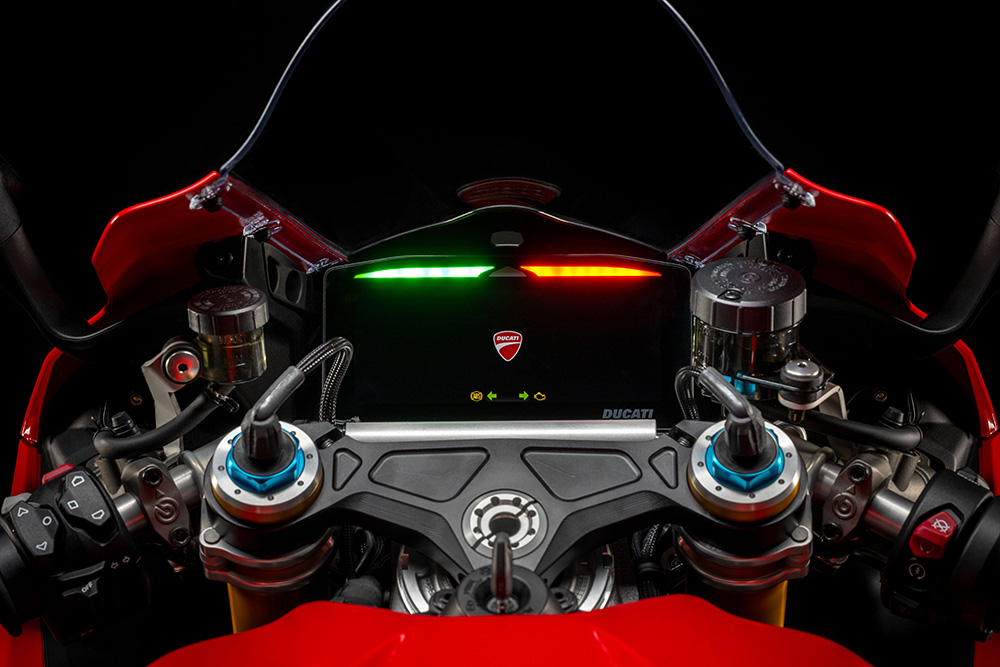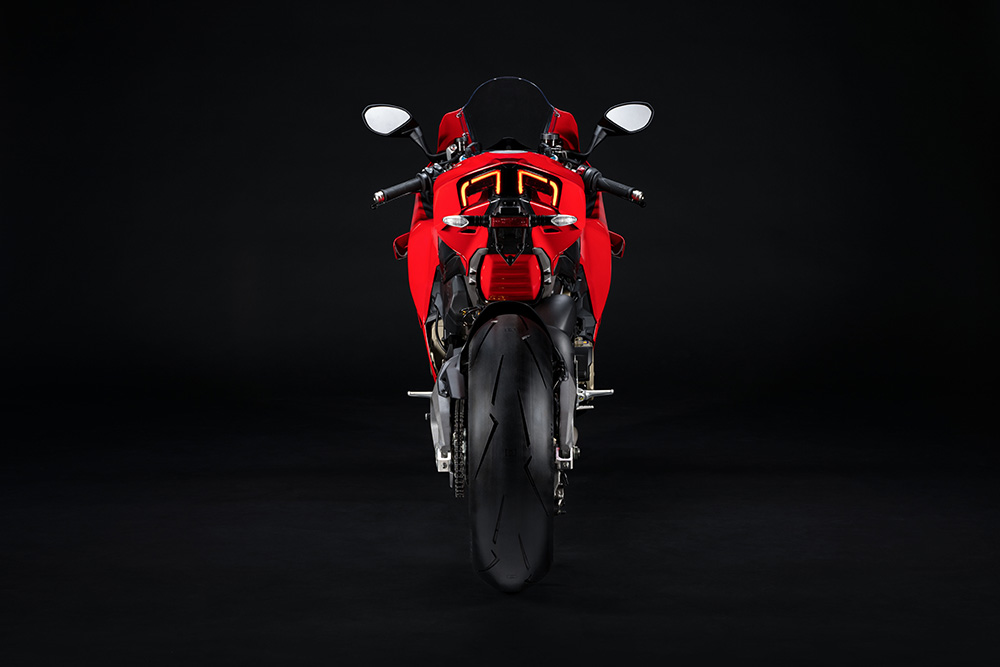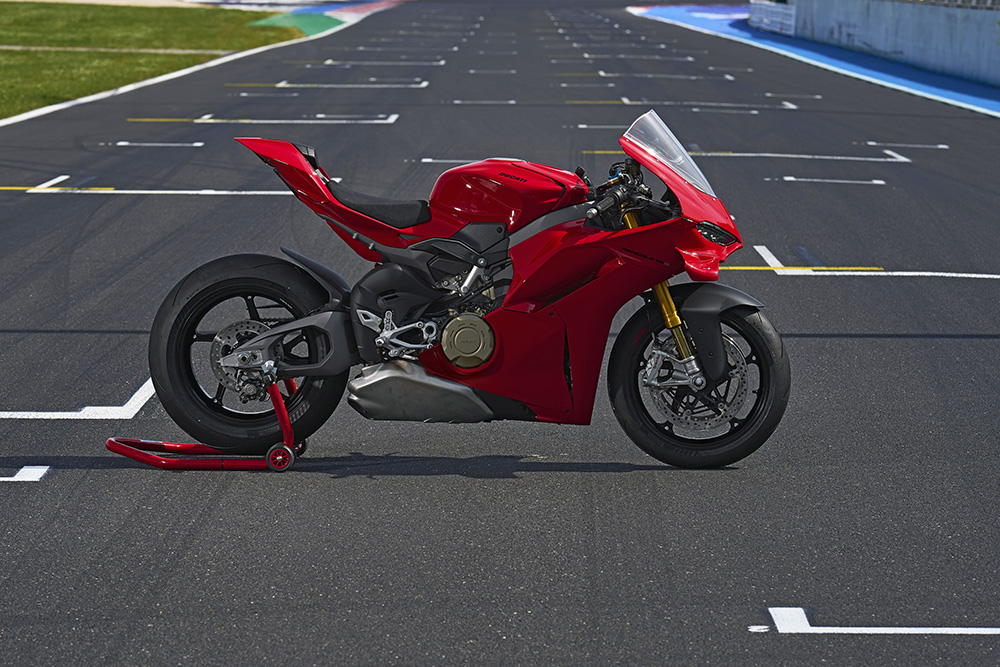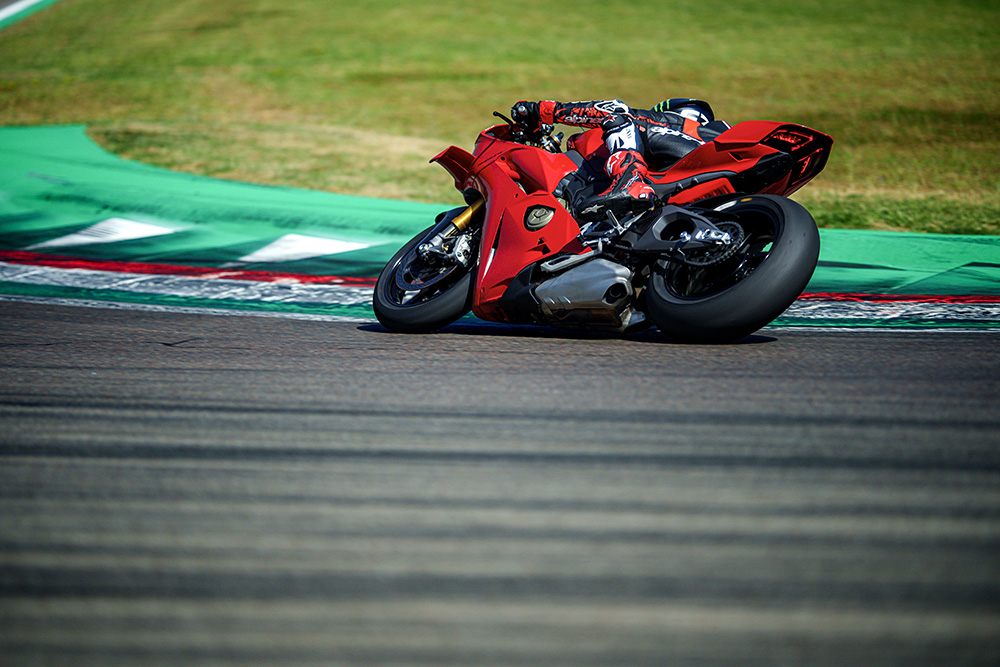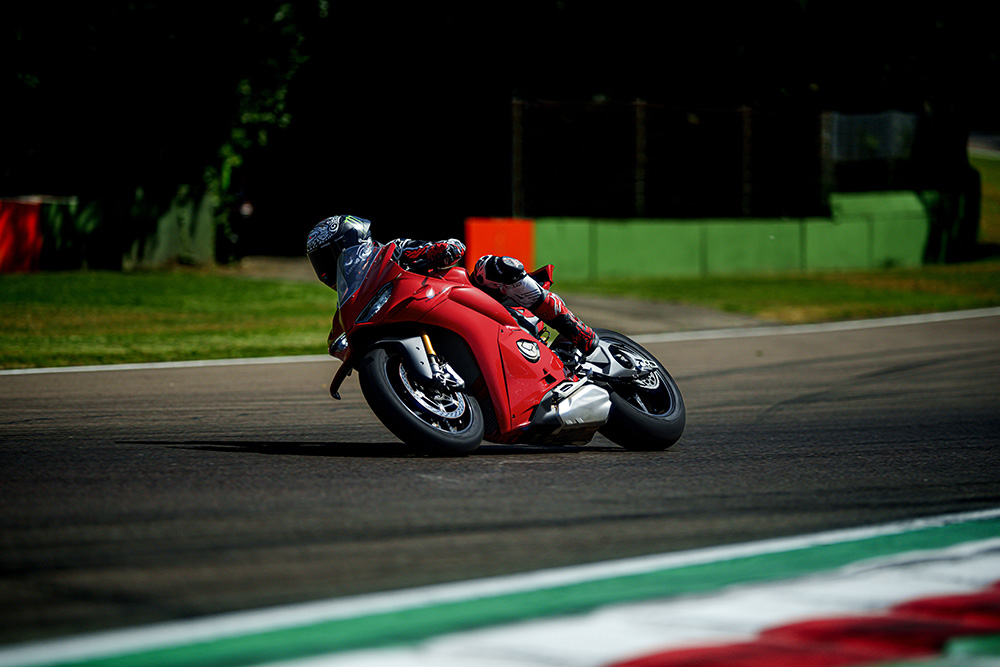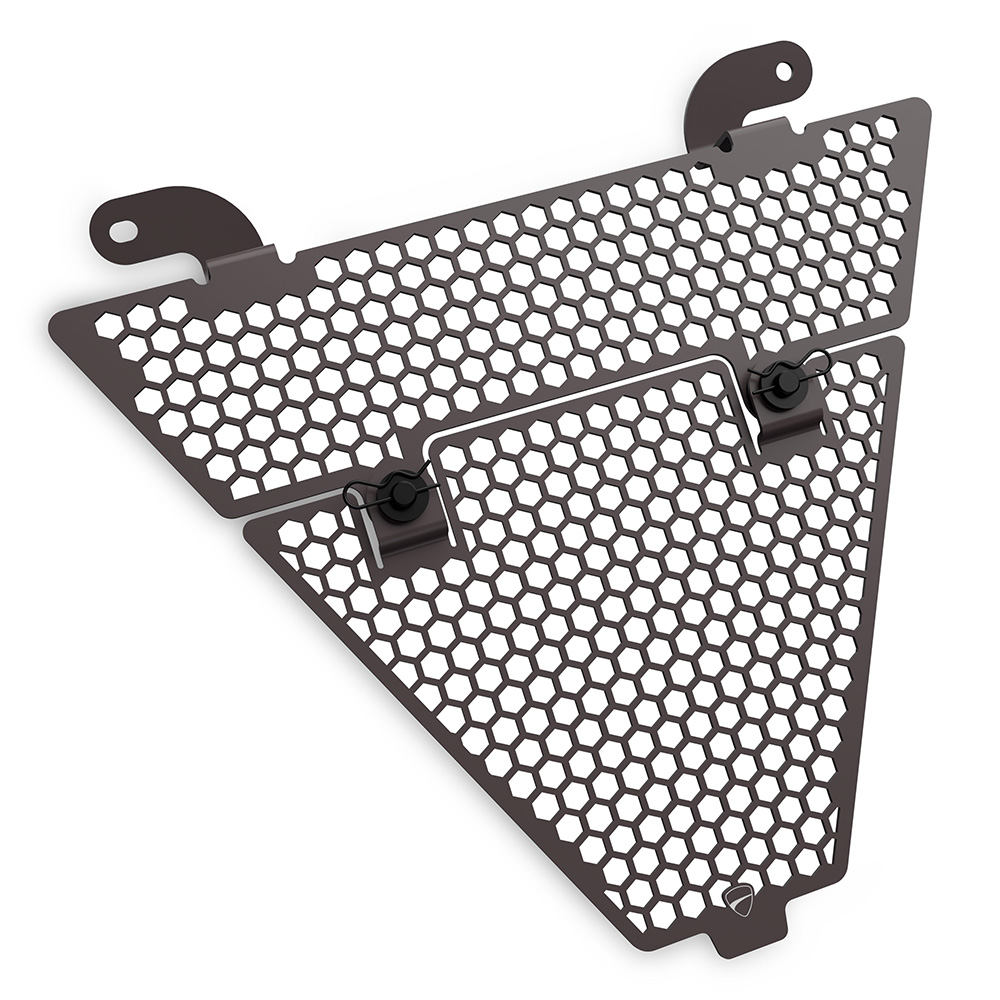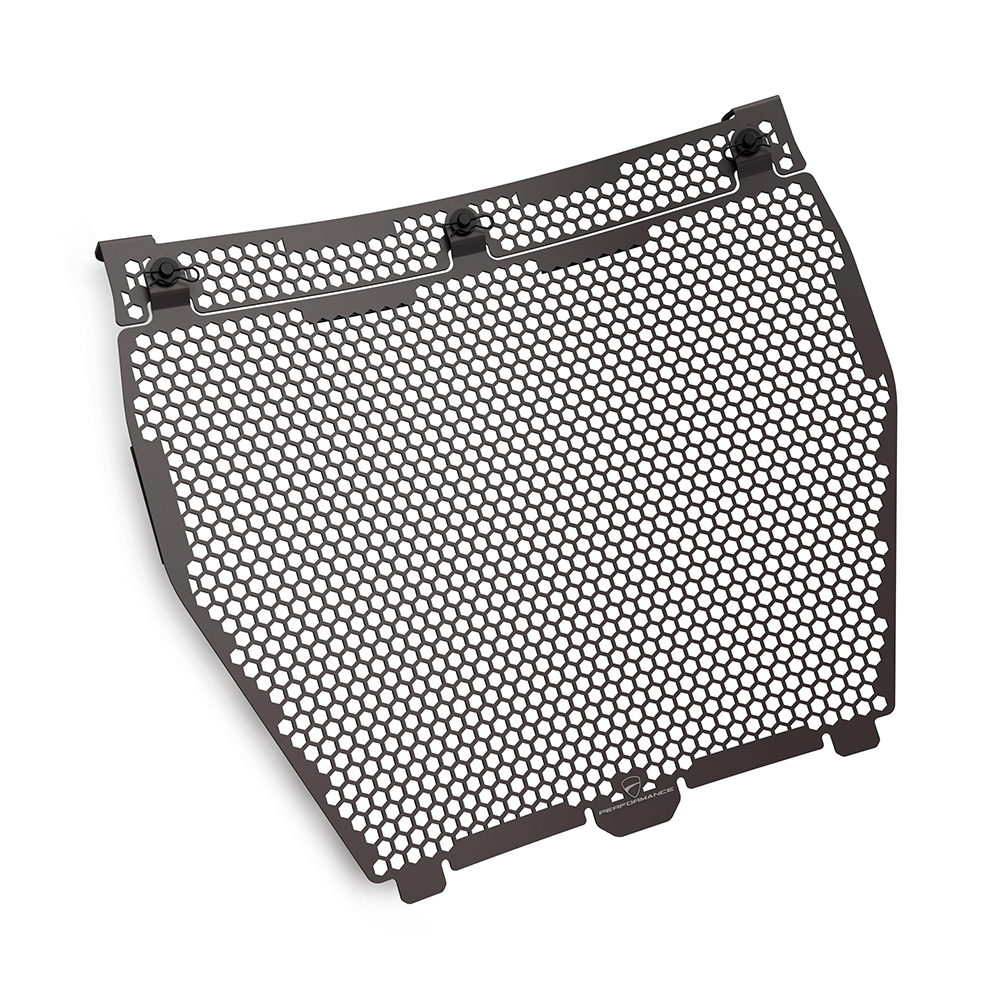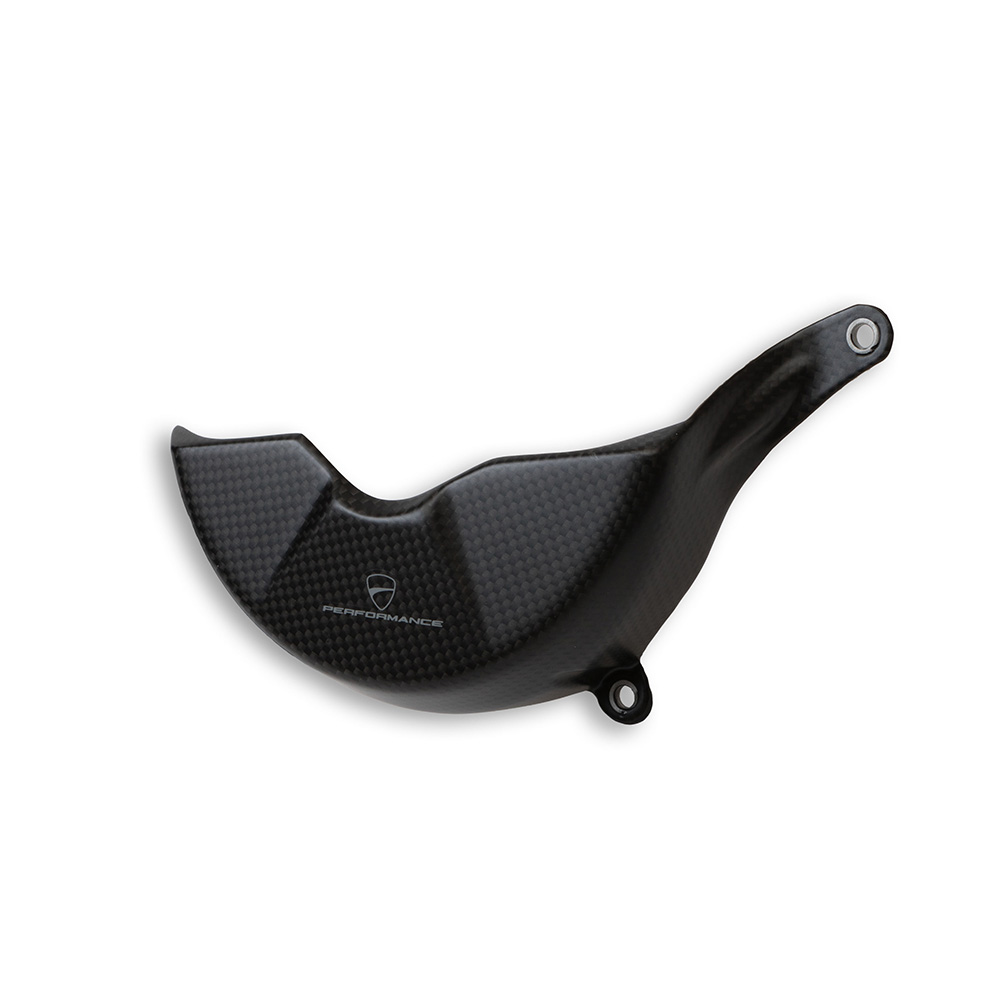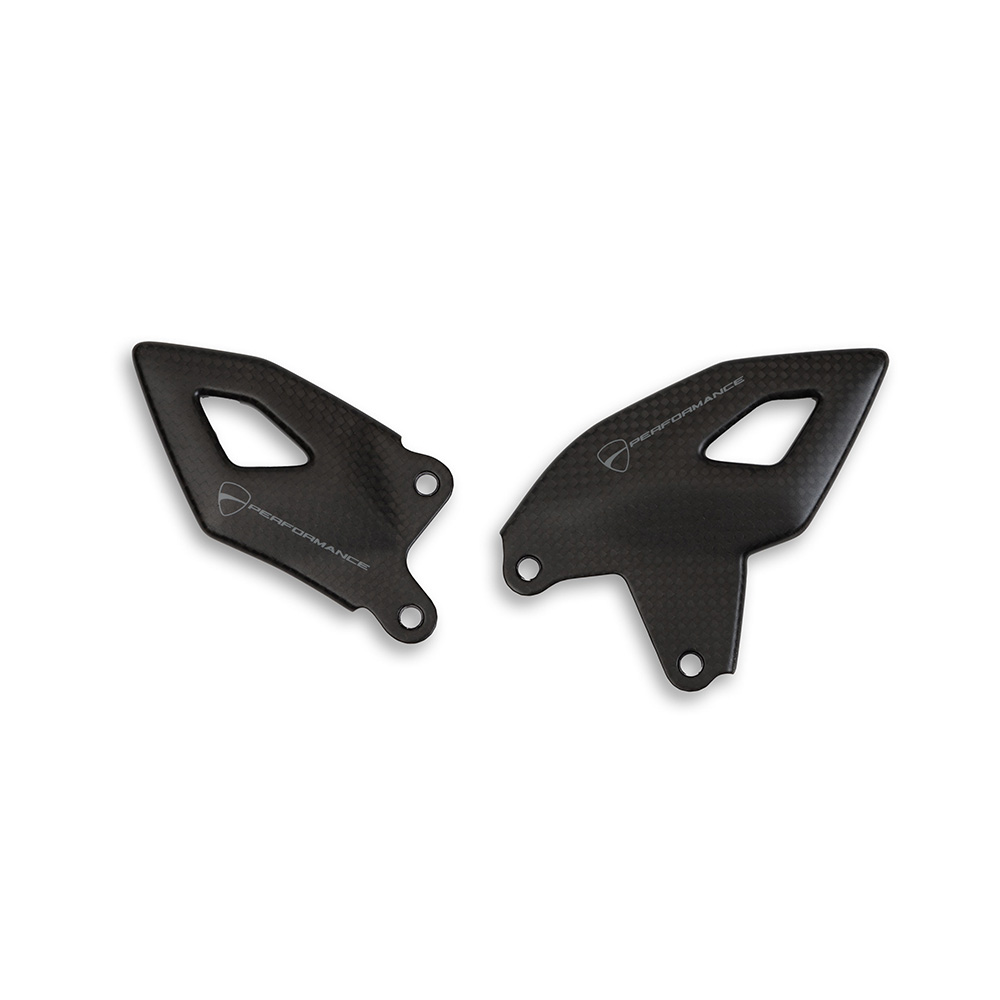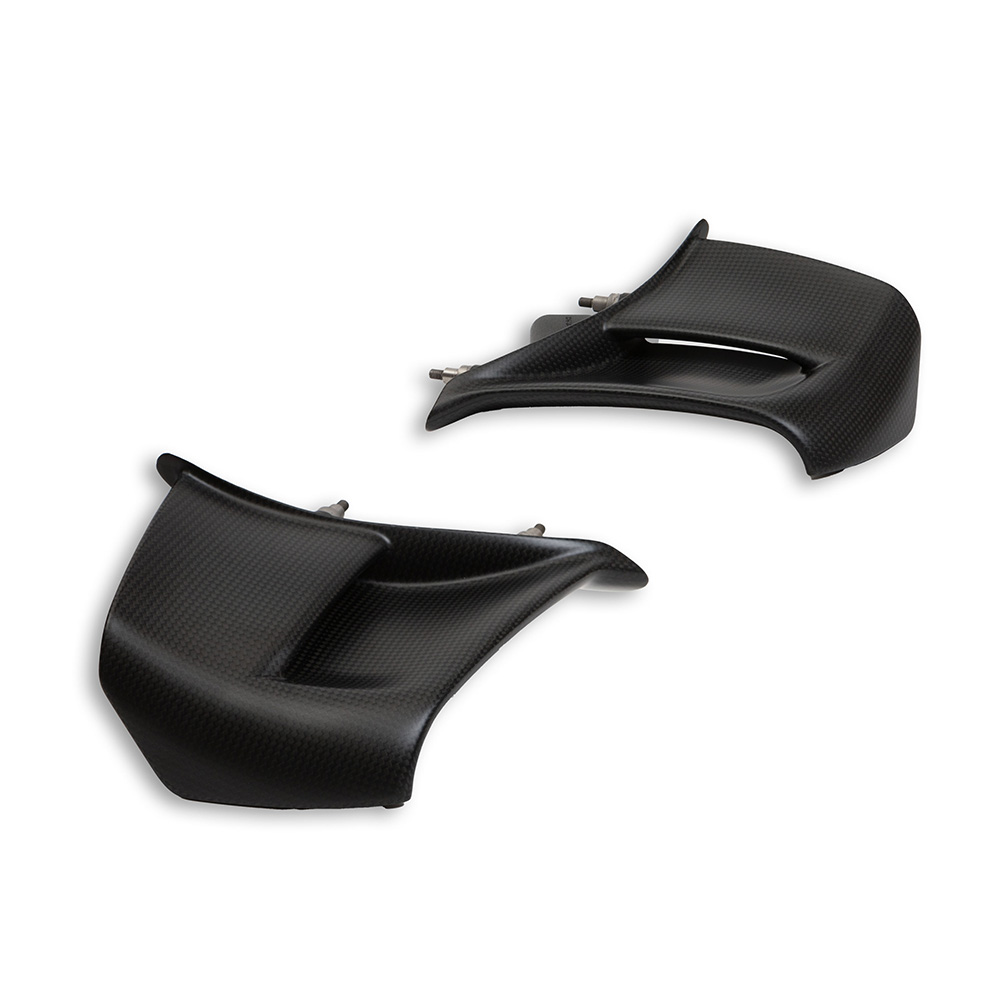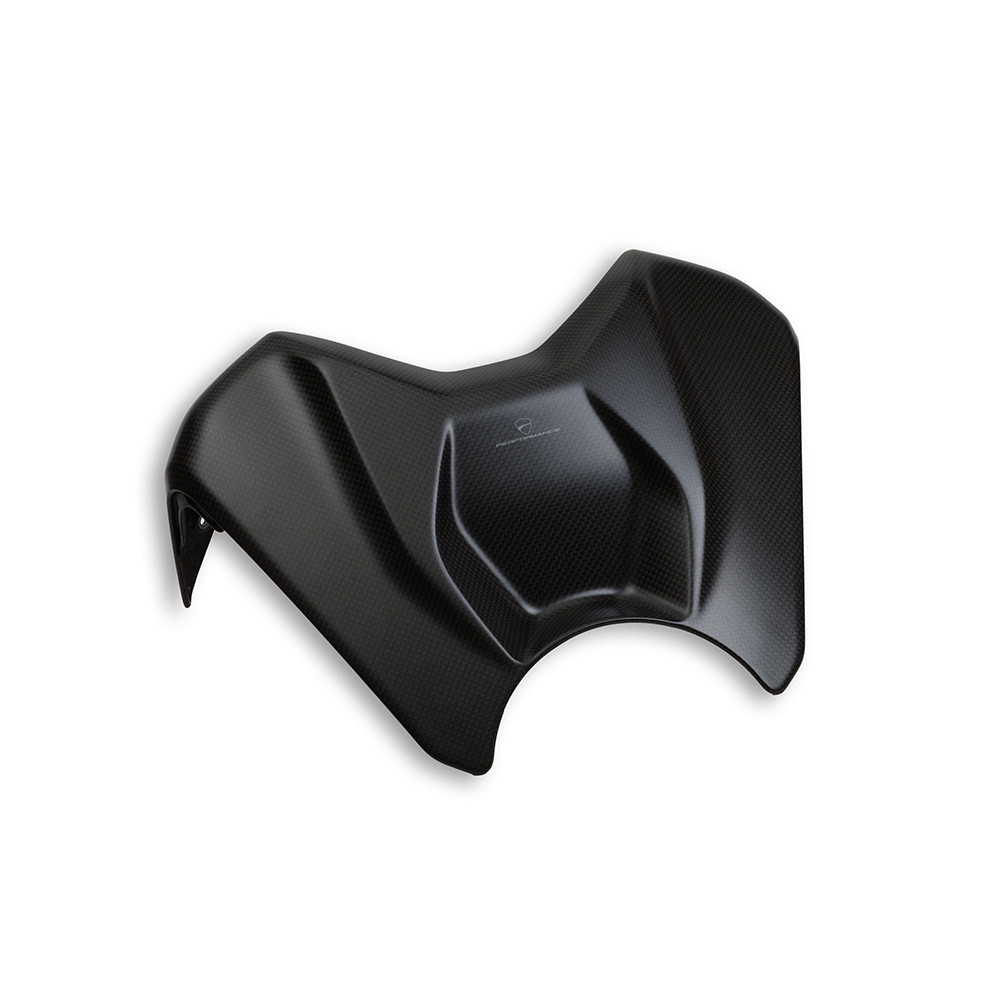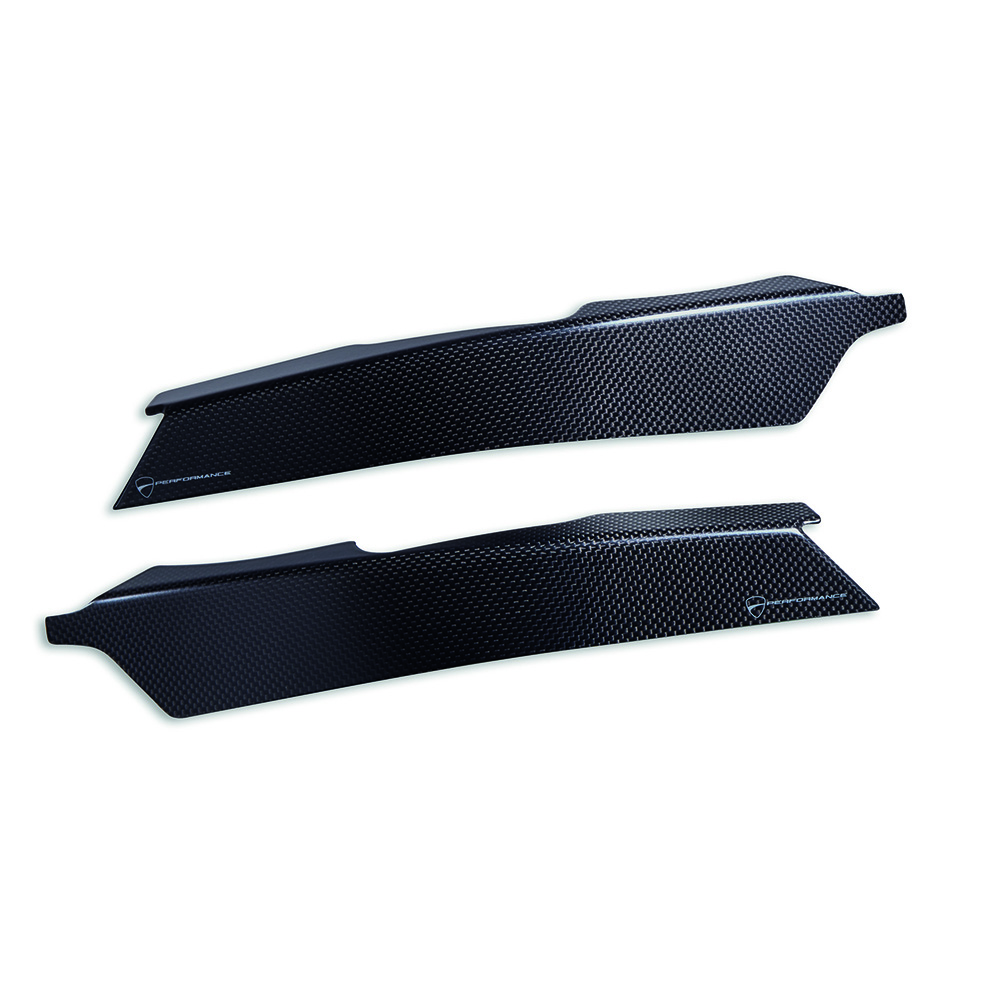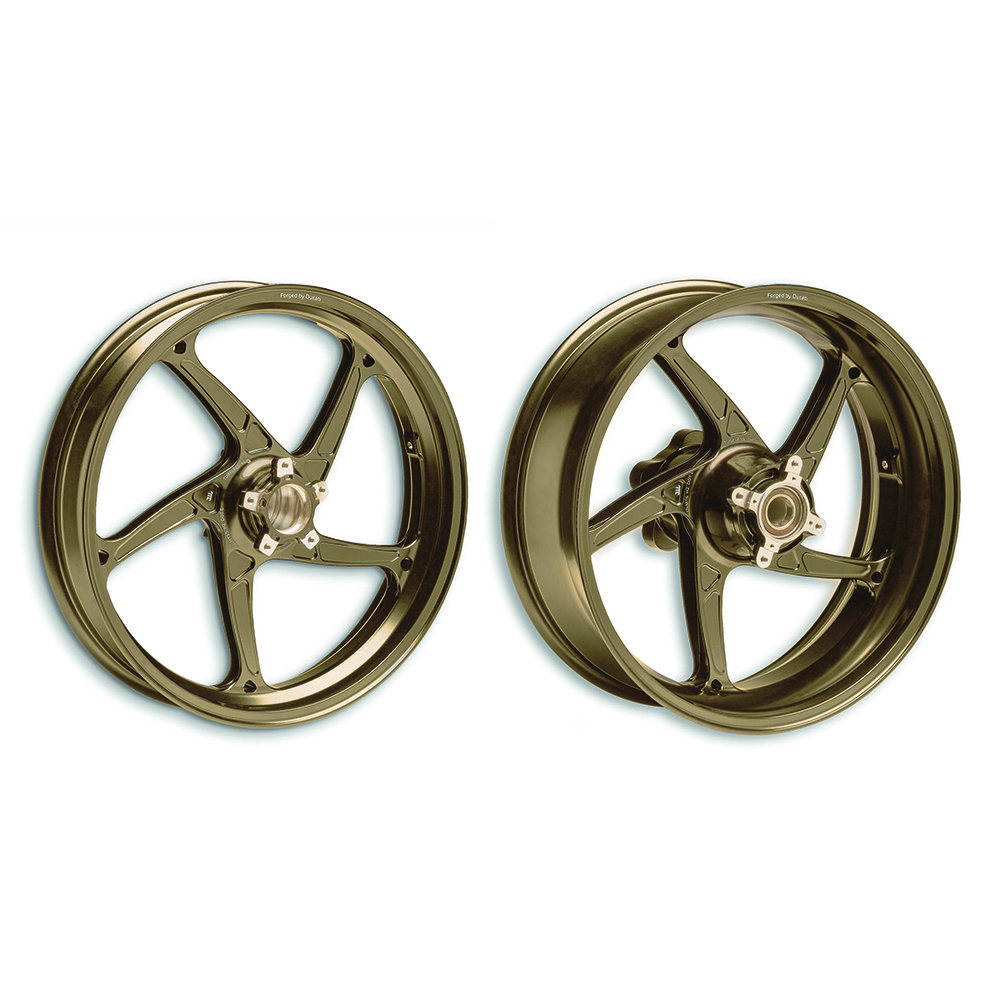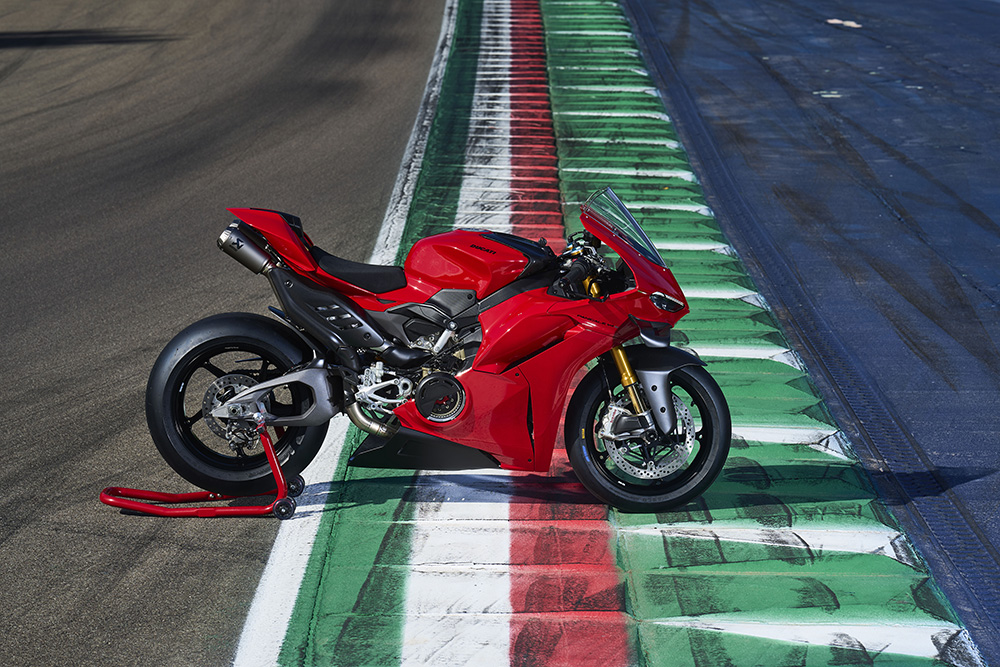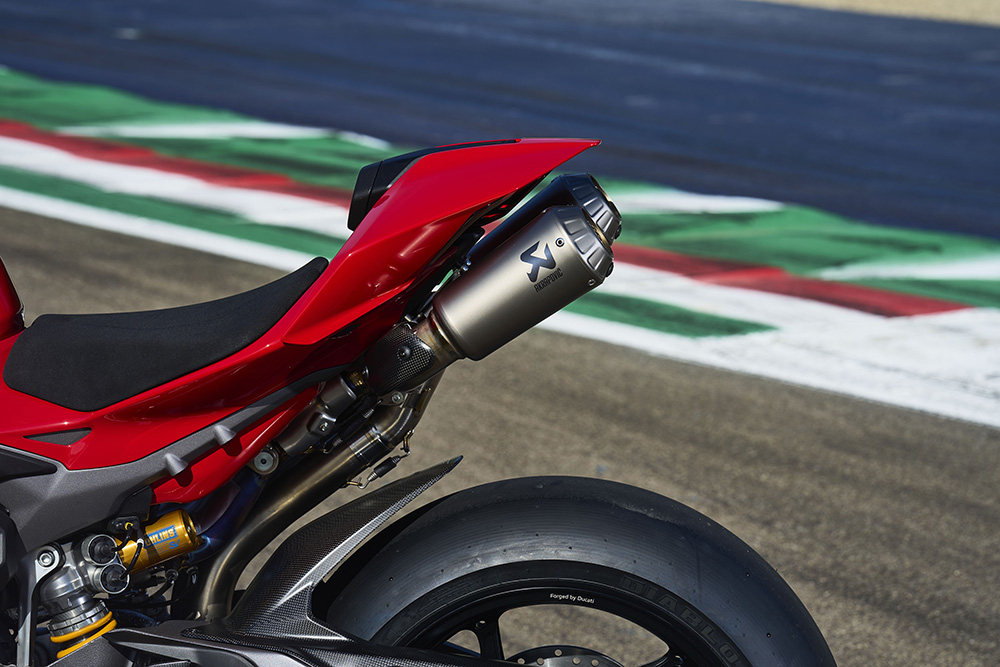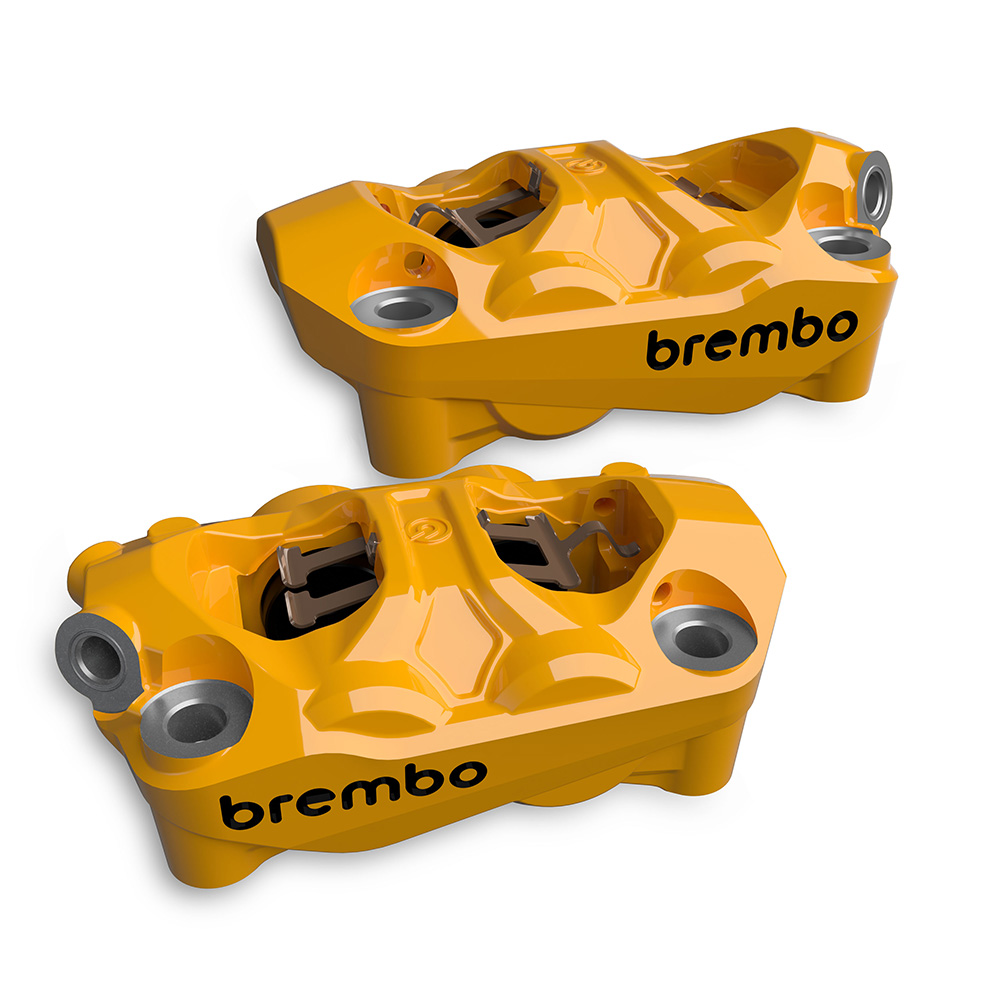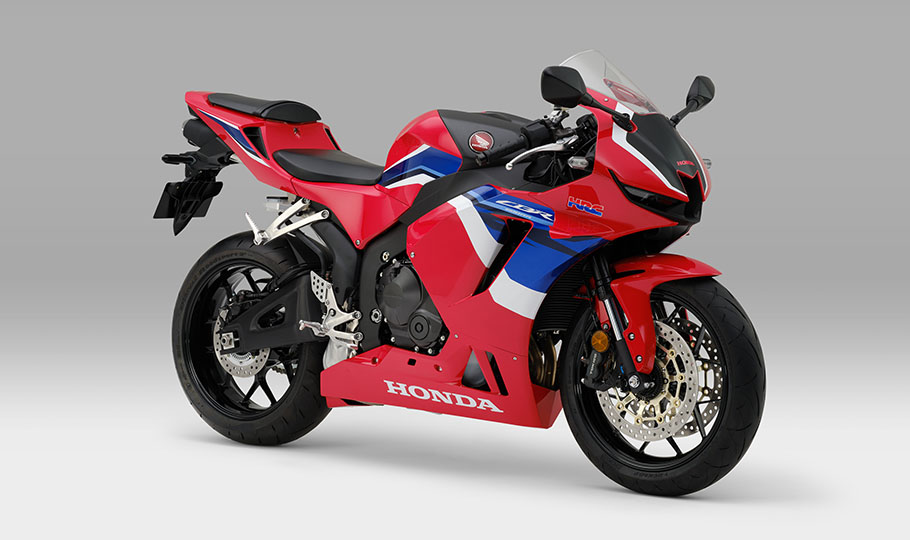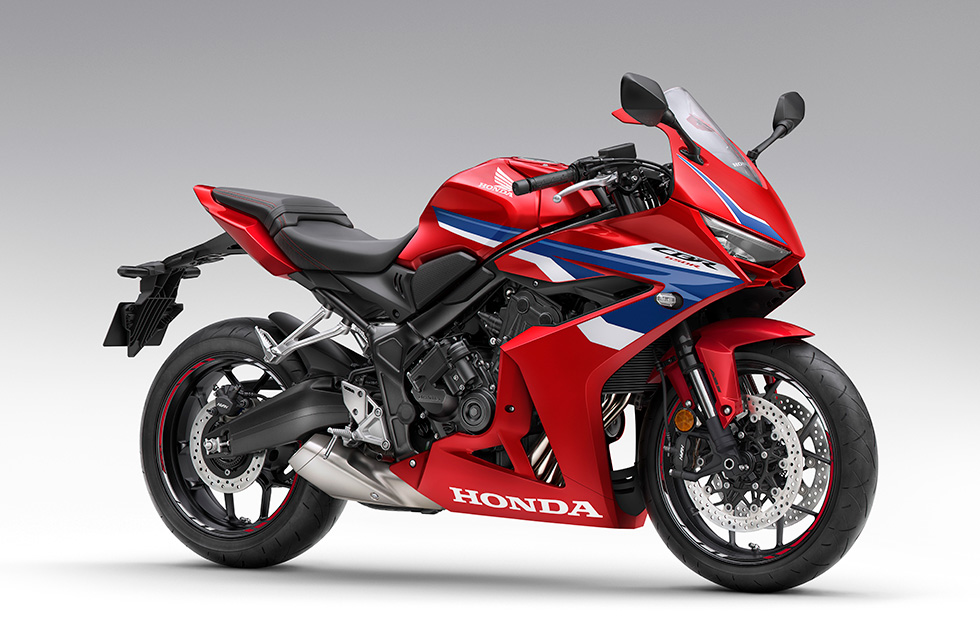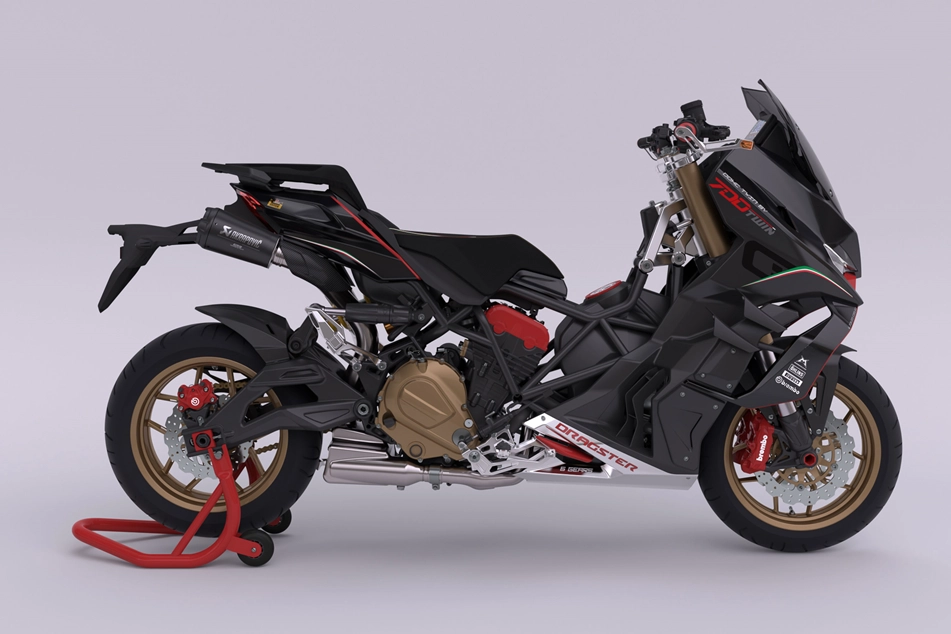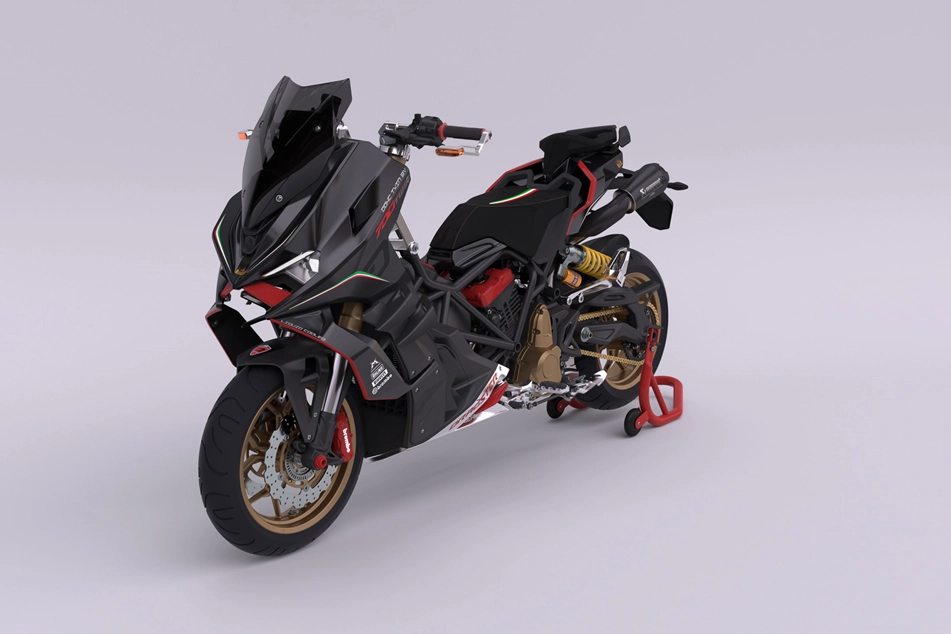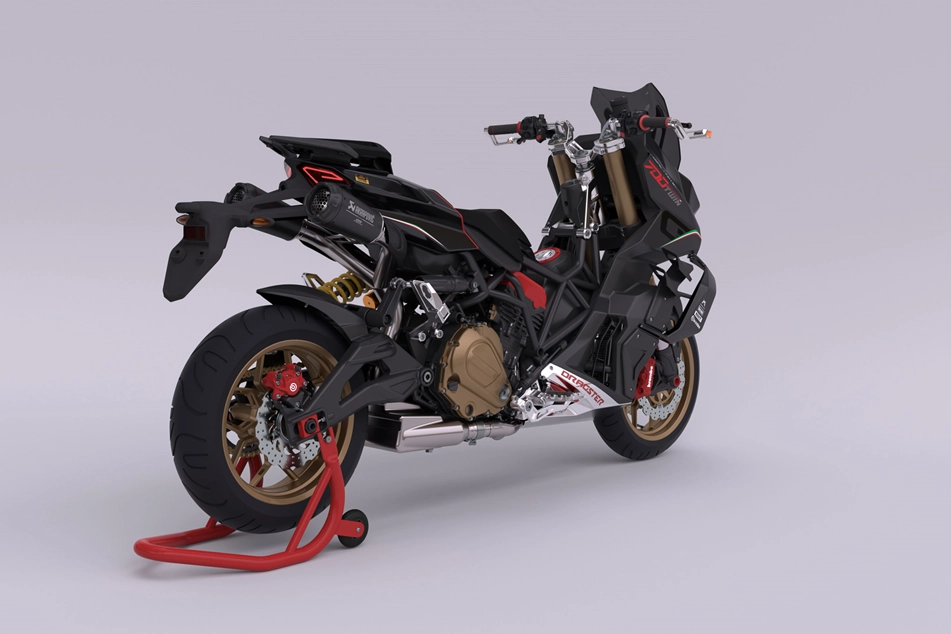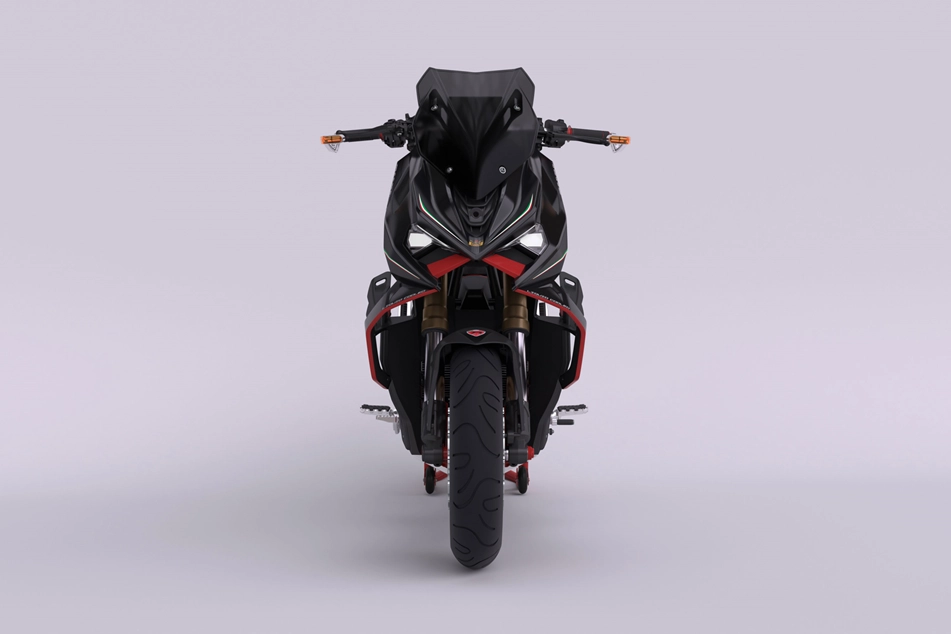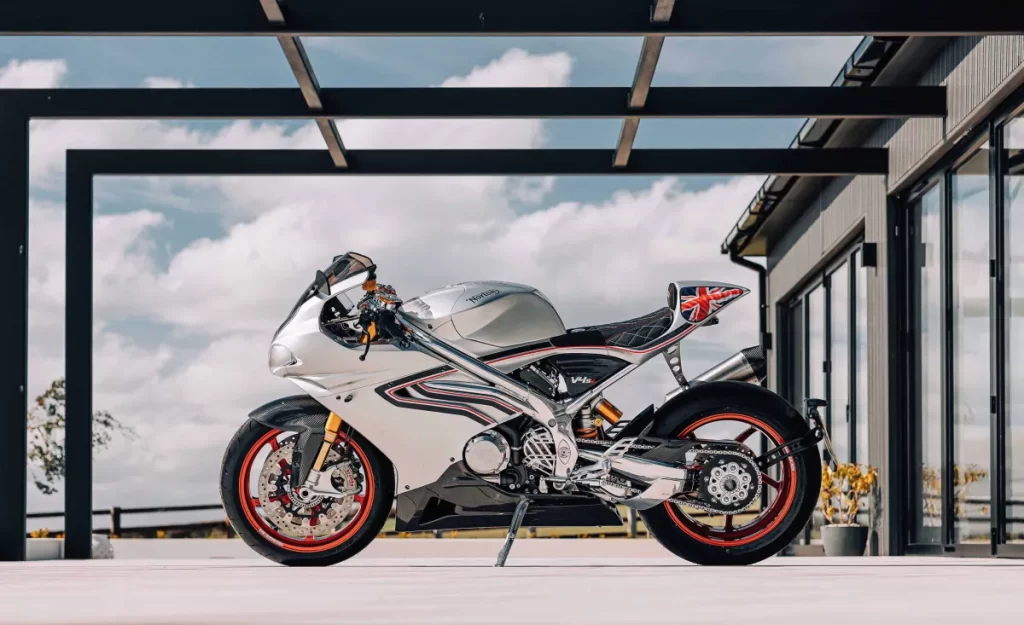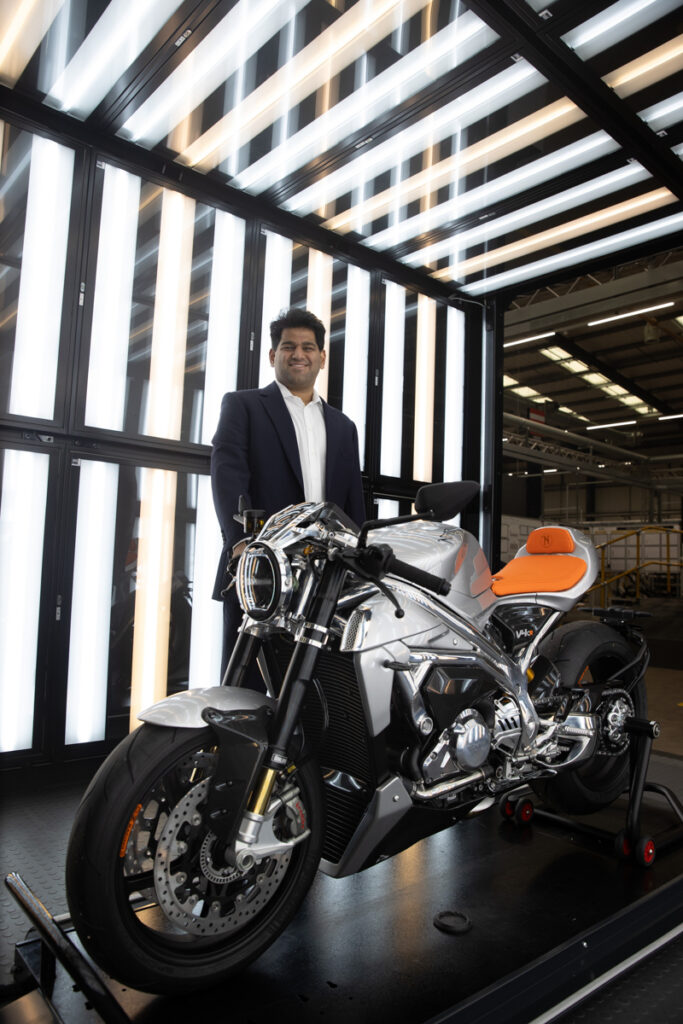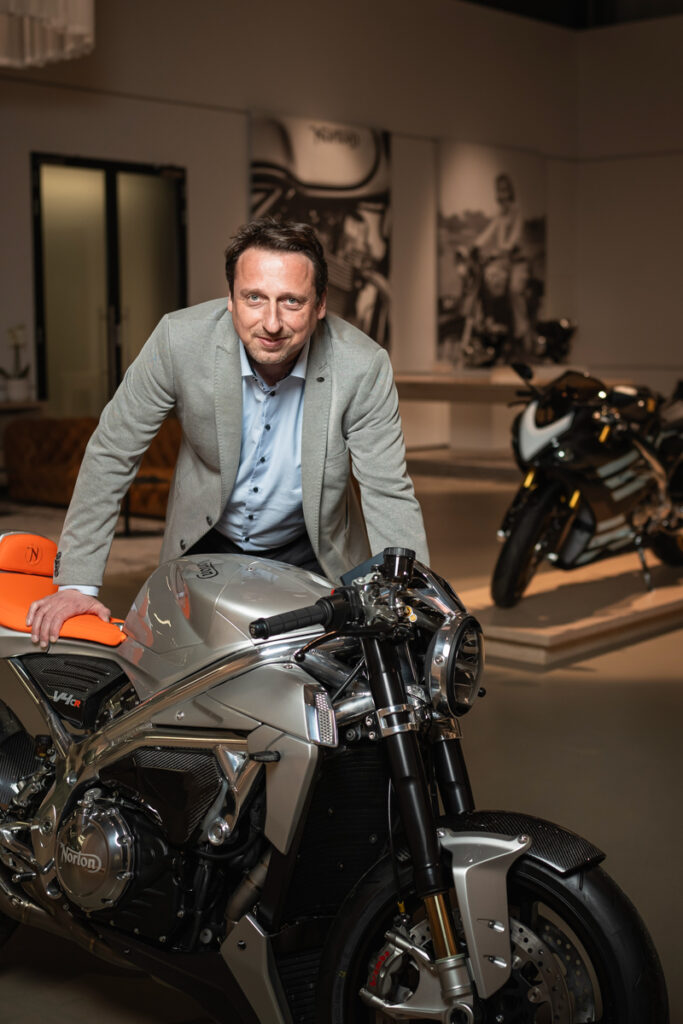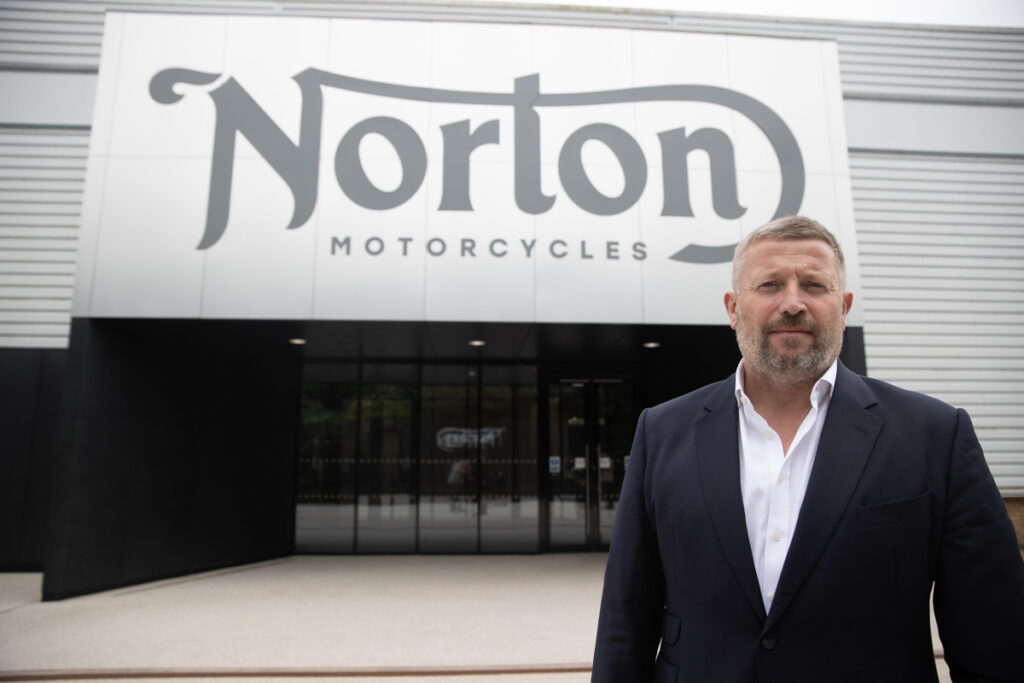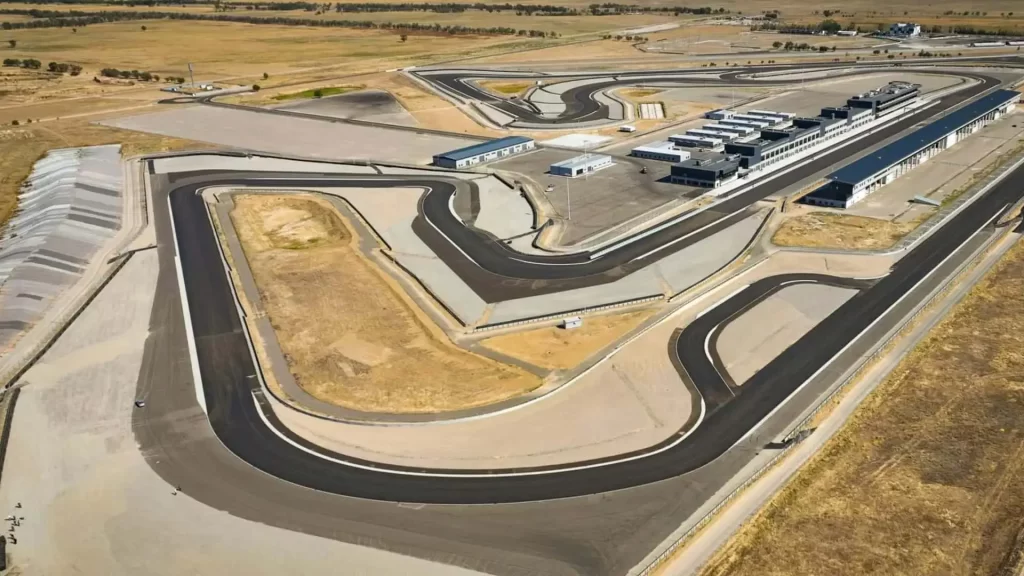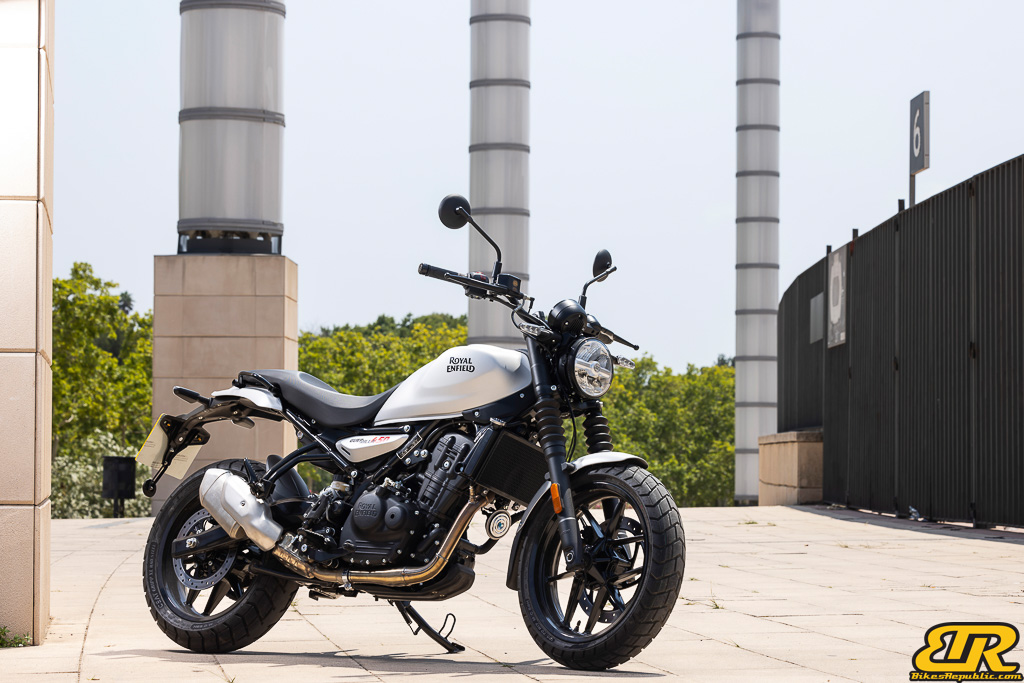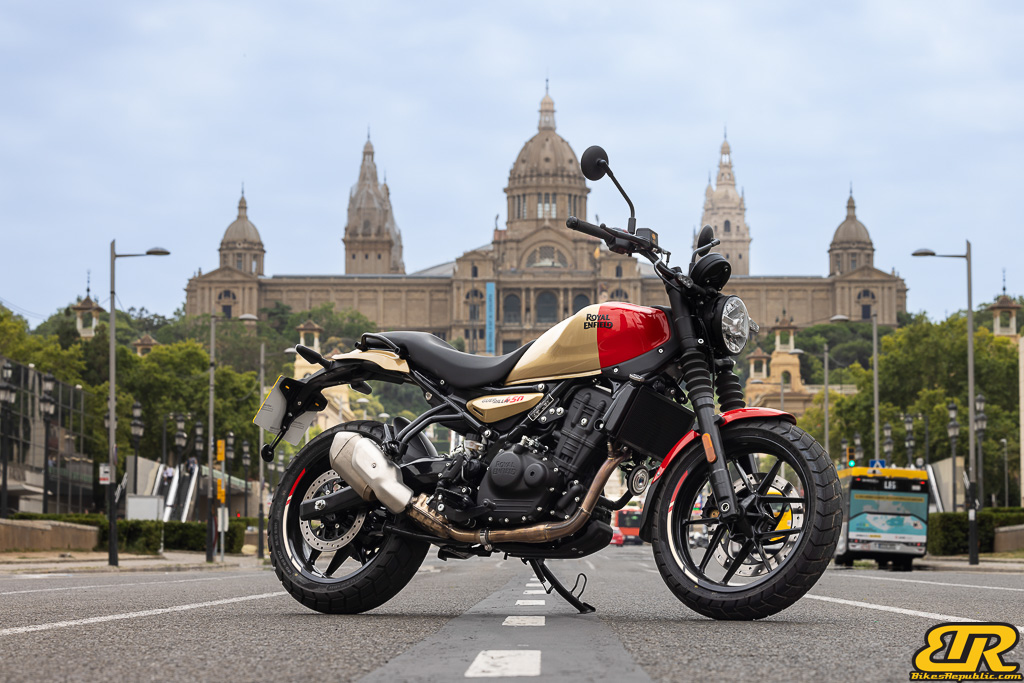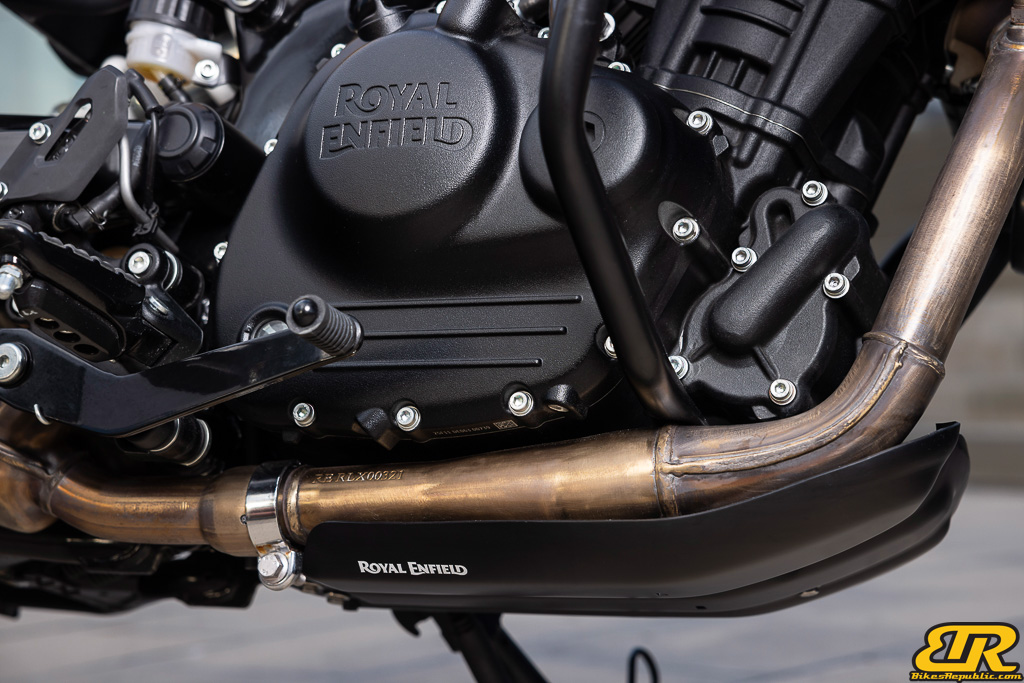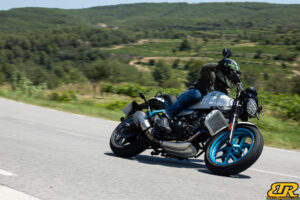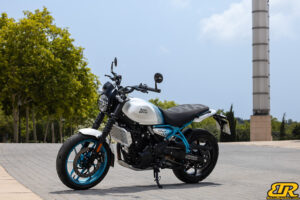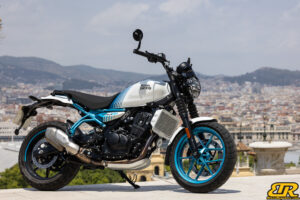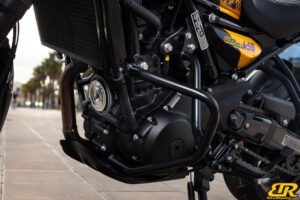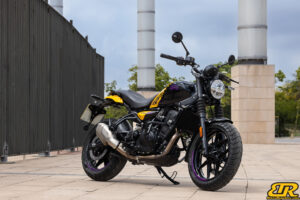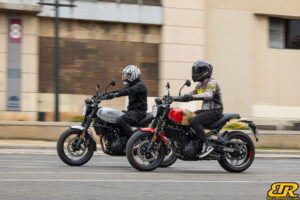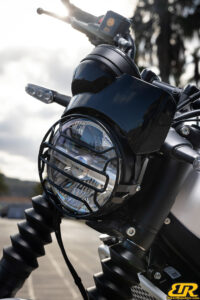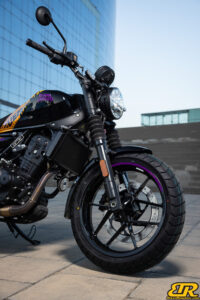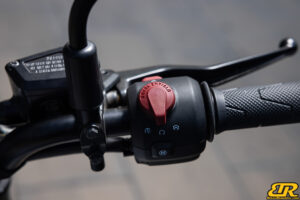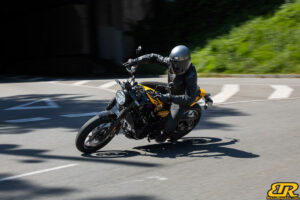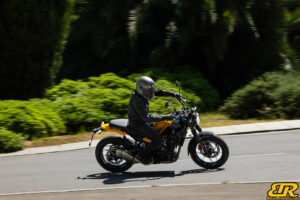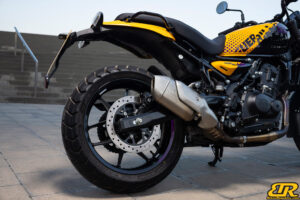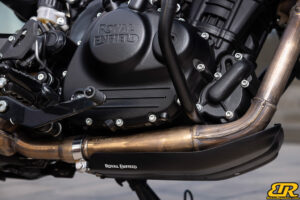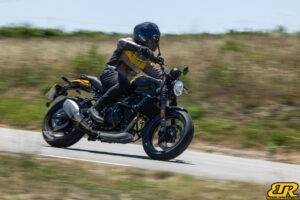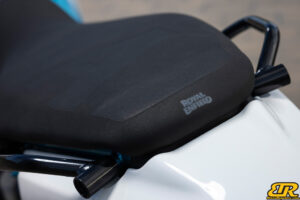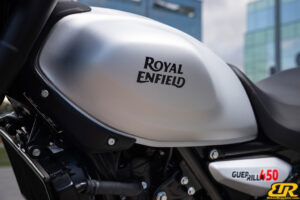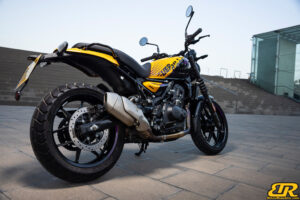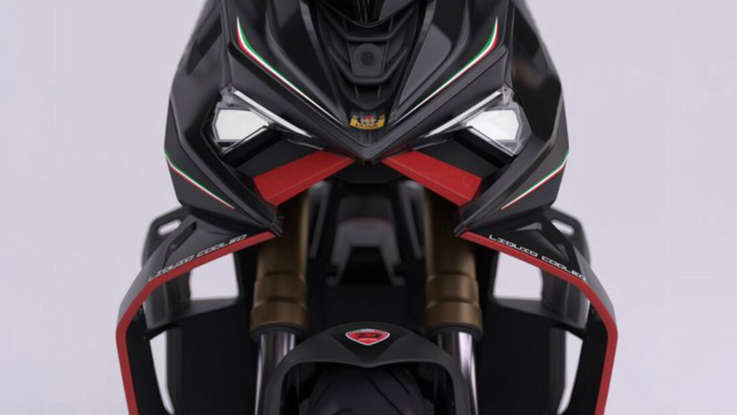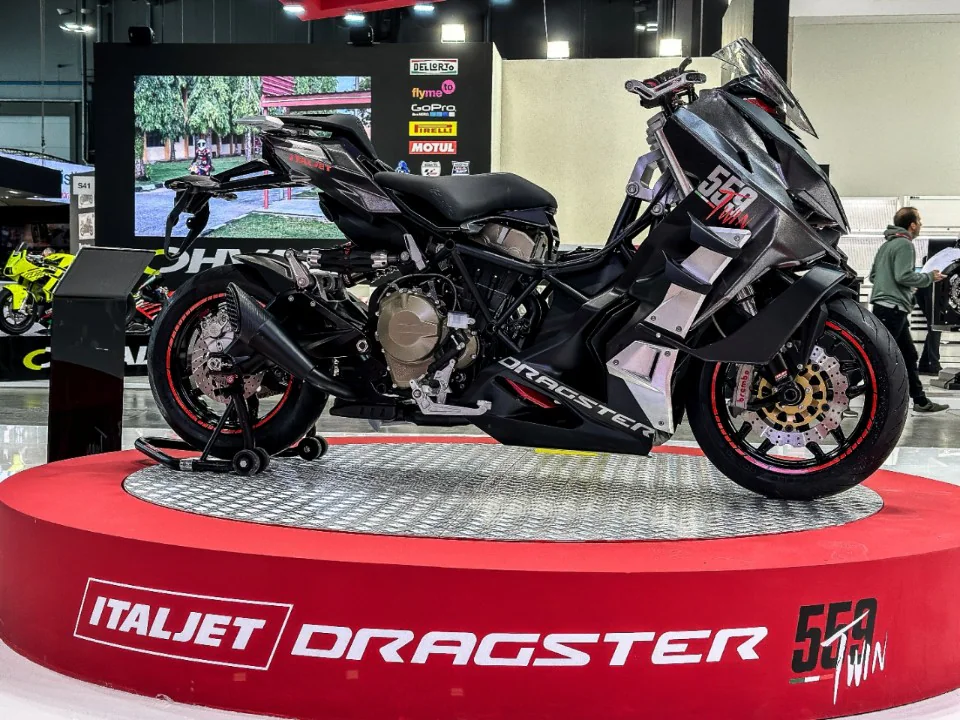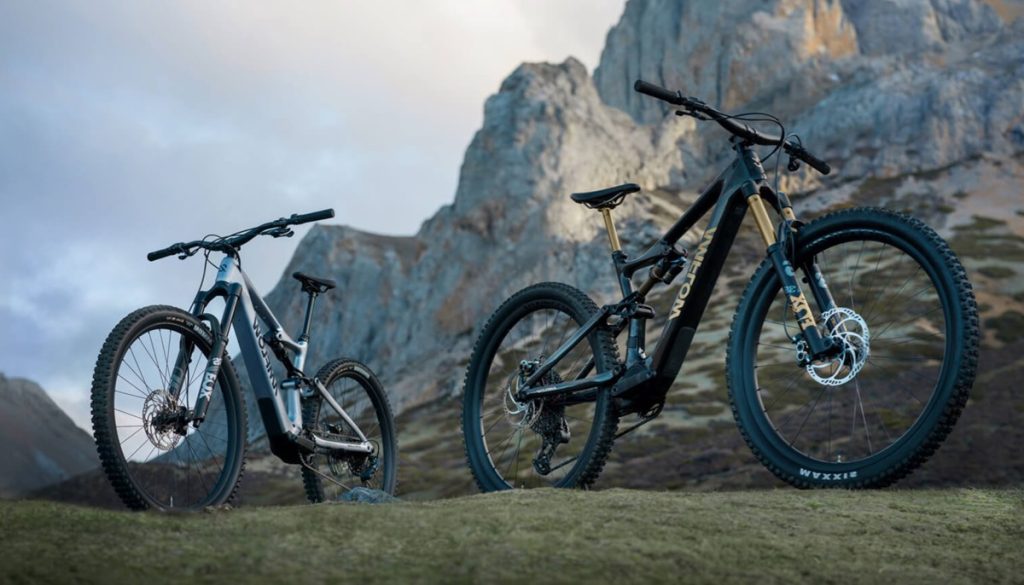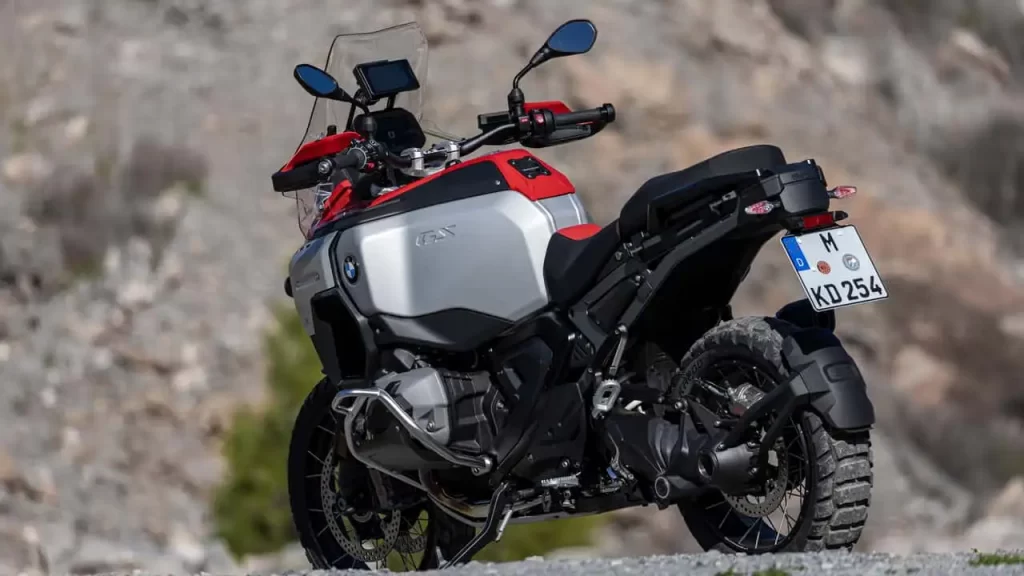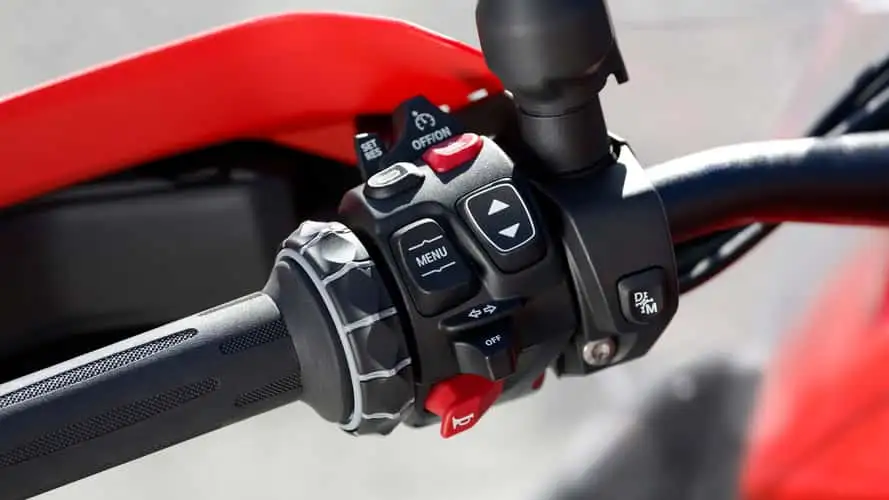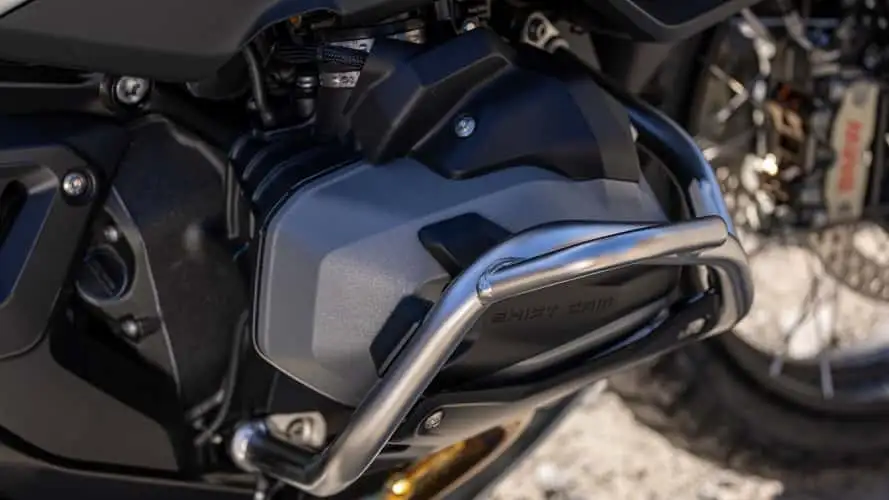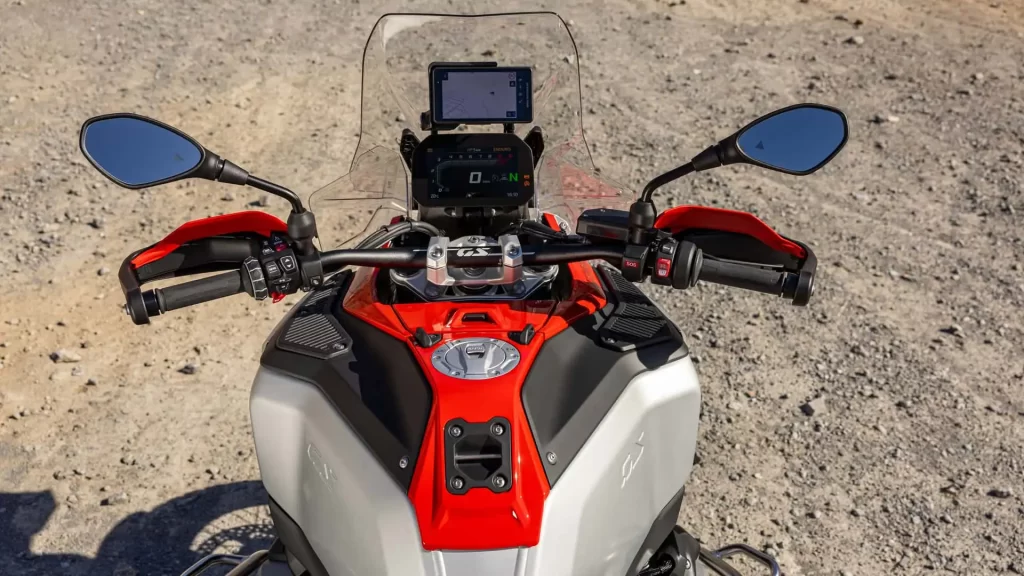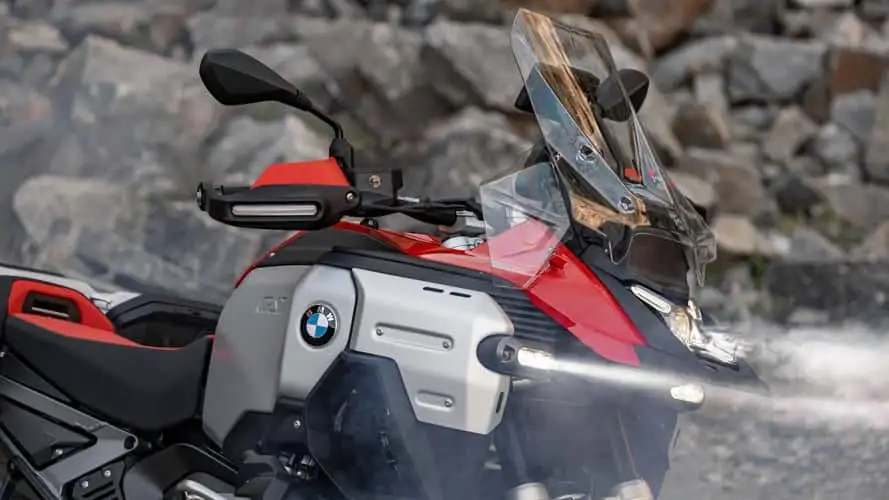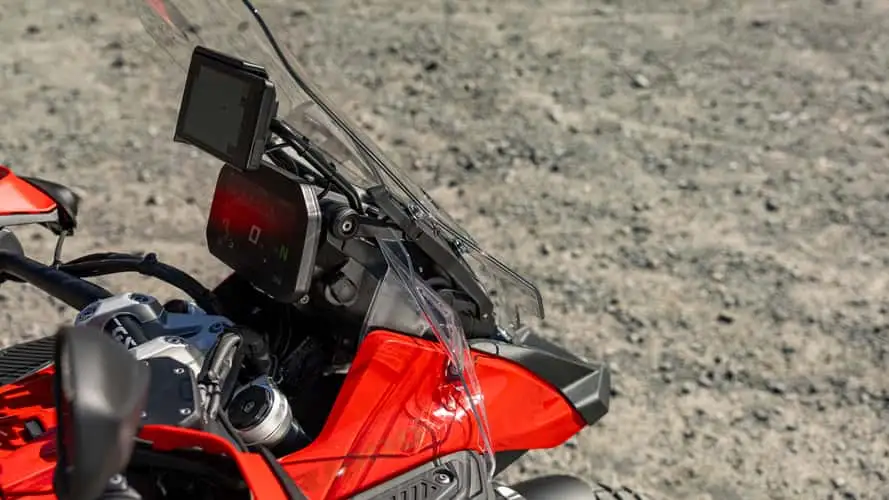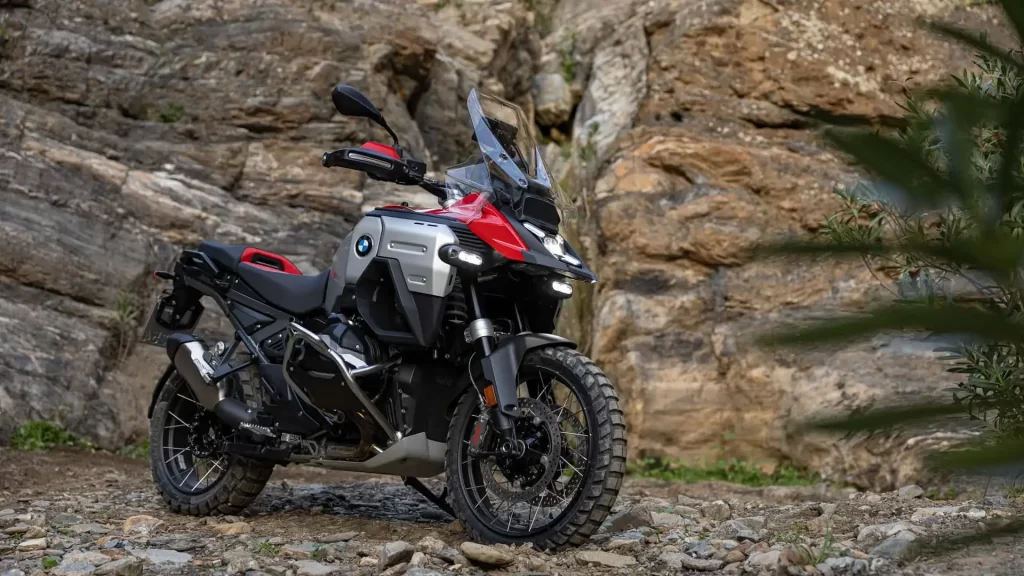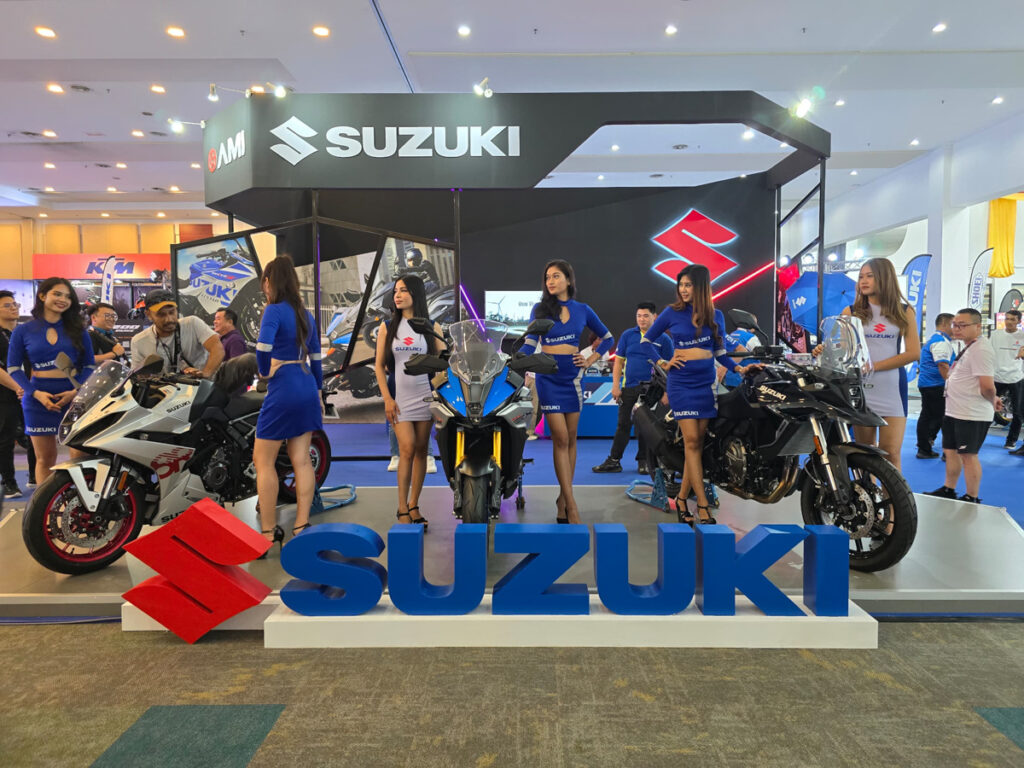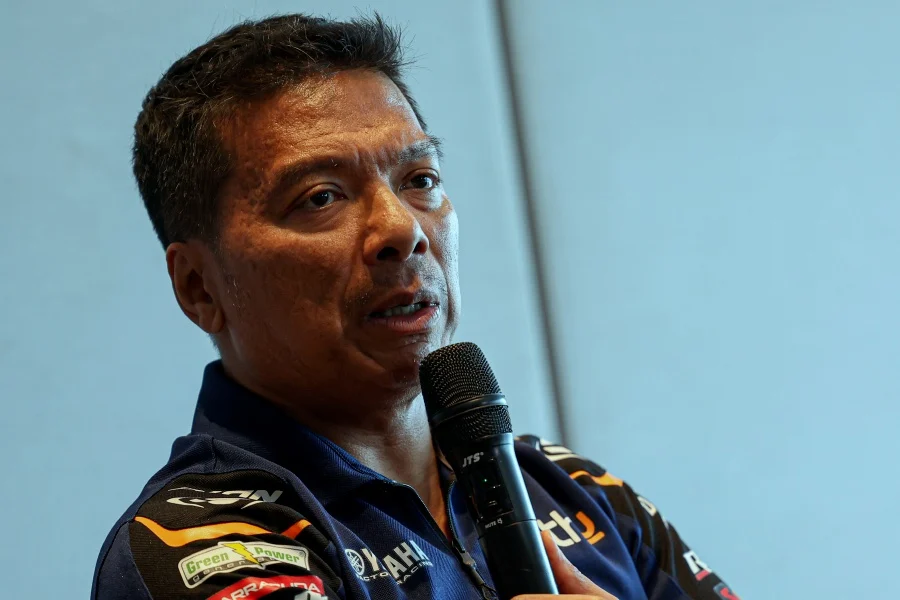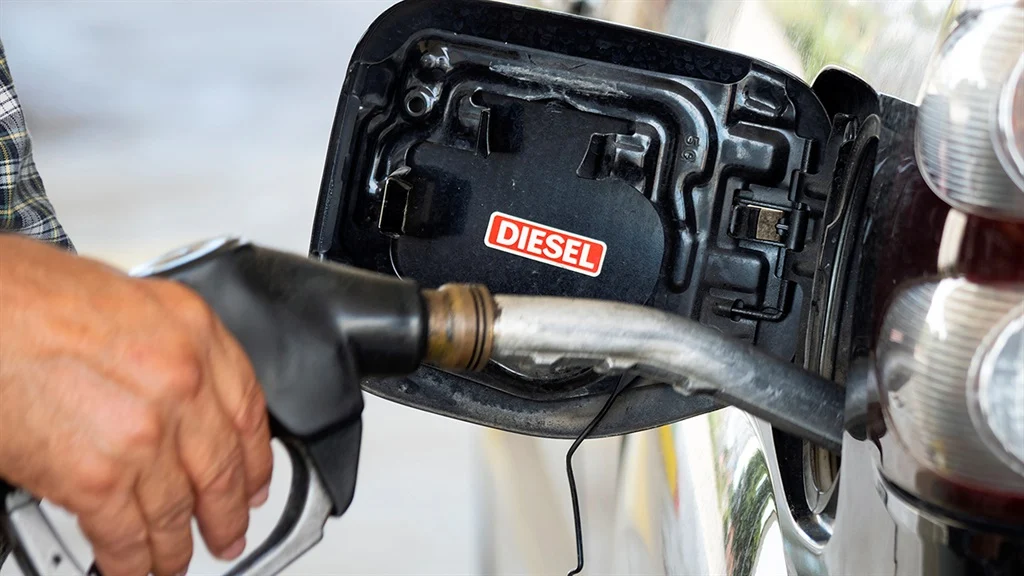The 2025 Ducati Panigale V4 has been revealed, sending Ducatistis into a frenzy. Us included.
As with each revision, Ducati has thrown everything into this one, sans the Desmosedici GP engine. The list eye-watering long and some of these features require full articles to be written for each of them, so we have summed it up into a list of 5 new things.
1. New styling
- The 2025 Ducati Panigale V4’s design was inspired by the subliminal and world-conquering Ducati 916.
- They then added new aerodynamic and ergonomic solutions derived from the Desmosedici GP.
- A new central air intake hidden under the chin, and the seat is wider and longer to provide more room for the rider.
- The new fairing reduces aerodynamic resistance by 4% and keeps the rider in a bubble of calm air.
- The wings are double-profiled and provides the same amount of downforce as the previous model’s.
- The mudguard’s shape has also been revised to provide better cooling air to the oil cooler.
2. New ergonomics
- The riding position was developed with the objectives of integrating the rider into the bike’s aerodynamics and improving control of the bike.
- The revision results in greater roominess, and additionally the deep recess in the upper part of the tank avoids interference with the chin guard of the helmet.
- The rear area of the tank, combined with the side covers and the shape of the seat, better supports the rider during braking, entering and cornering phases, making it easier for the rider to anchor himself.
- The footrests have been moved 10 mm inwards, increasing ground clearance and improving aerodynamic penetration.
3. New chassis
- Franceso Bagnaia set a lap time of 1m35.8s on a Panigale V4 during the Race of Champions at Misano in 2022, which was only exactly 4 seconds slower than the 1m31.8s on his Desmosedici GP.
- Ducati Corse requested new stiffness targets for the frame and swingarm.
- So, Ducati’s engineers revised the frame’s lateral stiffness to maintain grip at lean angles now over 60°(!).
- It is also lighter at 3.47kg compared to the previous 4.2kg.
- This revised frame is mated with a new forged double-sided swingarm dubbed the Ducati Hollow Symmetrical Swingarm.
- The swingarm reduces lateral stiffness by 37% and is 2.7kg lighter than the previous single-sided version.
- The V4 S receives forged aluminium alloy wheels that weigh only 2.95kg for the front and 4.15kg for the rear.
- Third generation electronically controlled Öhlins NPX/TTX suspensions of the Panigale V4 S.
- The new 2025 Ducati Panigale V4 is the first motorcycle to be equipped with the new Brembo HypureTM front brake callipers. They are lighter by 60 grams per pair.
- Another important world premiere is the Race eCBS system, developed by Bosch in collaboration with Ducati. This system needs an entire article dedicated to it!
4. Ducati Vehicle Observer (DVO)
- The system simulates the input of over 70 sensors, according to electronic control strategies.
- The 2025 Ducati Panigale V4 is equipped with the complete package of electronic controls: Ducati Traction Control DVO, Ducati Slide Control, Ducati Wheelie Control DVO, Ducati Power Launch DVO, Engine Brake Control and Ducati Quick Shift 2.0.
- The DQS 2.0 system uses a strategy based solely on the angular position sensor of the gear drum, thus being able to use a gear shift rod without microswitches.
5. MotoGP dashboard
- A completely new 6.9-inch dashboard placed in such a way it does not interfere with the rider’s vision.
- The protective glass uses Optical Bonding technology to ensure optimal readability on a black background even during the day.
- New Track display on the dashboard to display parameters such as g-Meter, Power & Torque, Lean Angle.
- The Info Mode Track uses the DDL data acquisition system which utilised GPS and developed together with specialist 2D.
